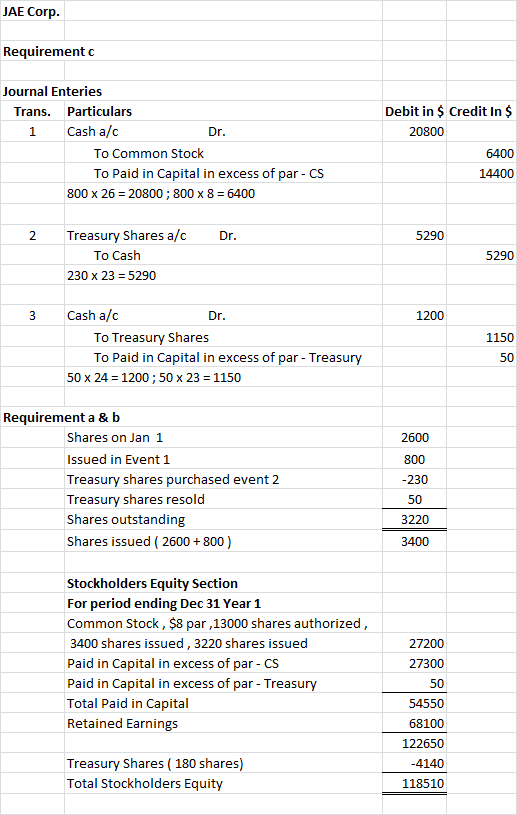
This provides some useful information as to how effectively a company is using its working capital to generate sales. Fixed Asset Turnover measures the efficiency of fixed assets to generate profit. The higher the number, the more efficient management’s use of fixed assets.
- In addition, tracking various ratios over time is a powerful way to identify trends.
- Understanding how each element leads to return on equity will help a researcher investigate further into the operations of a company.
- While we strive to provide a wide range of offers, Bankrate does not include information about every financial or credit product or service.
- The high ratio can indicate increased revenue generated before payment of taxes and interest.
- The Debt Ratio indicates what proportion of debt a company has relative to its assets.
A ratio less than one means you are selling your product for less than it costs to produce. If this ratio remains less than one, you will not achieve profitability regardless of your volume or the efficiency of the rest of your business. This calculator is designed to show you 10 different financial ratios. A regular review of your company’s financial ratios can help you focus on areas that may need improvement.
Efficiency Ratios
It indicates what proportion of equity and debt the company is using to finance its tangible assets. The Debt to Equity Ratio is a measure of a company’s financial leverage. It indicates what is comprehensive loss in accounting what proportion of equity and debt the company is using to finance its assets. Use the Asset turnover calculator above to calculate the asset turnover from your financial statements.
Analyzing different ratios will give you both an overview and an in-depth look at the business and its fundamentals. Financial ratios link various aspects of a business together to deliver a clear and comprehensive representation of a business. A ratio greater than one means that lenders are providing more capital than the owners. Steps to reduce the outstanding debt financing the capital should be taken to improve this ratio pro-actively.
How to Convert a Ratio to a Percentage
The higher the return, the more efficient management is in utilizing its asset base. The ROA ratio is calculated by comparing net income to average total assets, and is expressed as a percentage. Your current ratio helps you determine if you have enough working capital to meet your short term financial obligations. Although this will vary by business and industry, a number above two may indicate a poor use of capital. A current ratio under two may indicate an inability to pay current financial obligations with a measure of safety.
- This important ratio measures your profitability at the most basic level.
- While industries and businesses vary widely, 0.50 to 1.0 are generally considered acceptable Quick Ratios.
- It is possible to analyze the efficiency with which a company’s assets generate pretax income, and allocate this income in proportion to the capital structure.
- It should also help you to learn which accounts in balance sheet as well as profit and loss statement to generate those ratios.
- Financial ratios link various aspects of a business together to deliver a clear and comprehensive representation of a business.
Use the Return on Assets (Profitability Ratio) Calculator above to calculate the profitability ratio from your financial statements. Use the Quick Ratio Calculator above to calculate the quick ratio from your financial statements. Use the Current Ratio Calculator above to calculate the current ratio from your financial statements.
Ratio Definitions
Financial ratios may provide clues and symptoms of the financial condition and indications of potential problem areas. Return on Equity provides the amount of net income returned as a percentage of shareholders equity. Return on equity measures a corporation’s profitability by revealing how much profit a company generates with the money shareholders have invested. The debt ratio compares a company\’s total debt to its total assets, which is used to gain a general idea as to the amount of leverage being used by a company. A low percentage means that the company is less dependent on leverage, i.e., money borrowed from and/or owed to others. The lower the percentage, the less leverage a company is using and the stronger its equity position.

In the absence of any capital gains, the dividend yield is the return on investment for a stock. Use the Debt Ratio Calculator to calculate the debt ratio from your financial statements. Working Capital Turnover measures the depletion of working capital to the generation of sales over a given period.
Financial ratios generally hold no meaning unless they are compared against something else, like past performance, another company/competitor or industry average. Thus, the ratios of firms in different industries, which face different conditions are usually hard to compare. Use the Sustainable Growth Rate Calculator to calculate the sustainable growth rate from your financial statements. Profit Margin (Du Pont) is used to determine the profitability of each dollar of sales that company makes. Use the Average Days Sales Calculator to calculate the average days sales from your financial statements.
What are my business financial ratios?
By identifying each component and evaluating, strength and weakness can be evaluated, as well as insight into competitive advantage. Understanding how each element leads to return on equity will help a researcher investigate further into the operations of a company. One of the most common financial measures, it can be an effective tool to compare the profitability of two companies.
Popular Calculators
Profit Margin is used to determine the profitability of each dollar of sales that company makes. Use the Return on Common Equity Calculator above to calculate the return on common equity from your financial statements. Use the Return on Equity Calculator above to calculate the return on equity from your financial statements. Calculate, simplify, scale, or compare ratios using the ratio calculator below. Also, you can add more columns to cover calculation from other year period. You can generate KPI comparison chart and make it as your company’s default chart.
Financial Statement Analysis
Failing to meet these obligations could force a company into bankruptcy. Use the Working Capital Turnover Calculator above to calculate the working capital turnover from you financial statements. Inventory Turnover Period in Days measures how many days it takes for a company to turnover its entire inventory.
